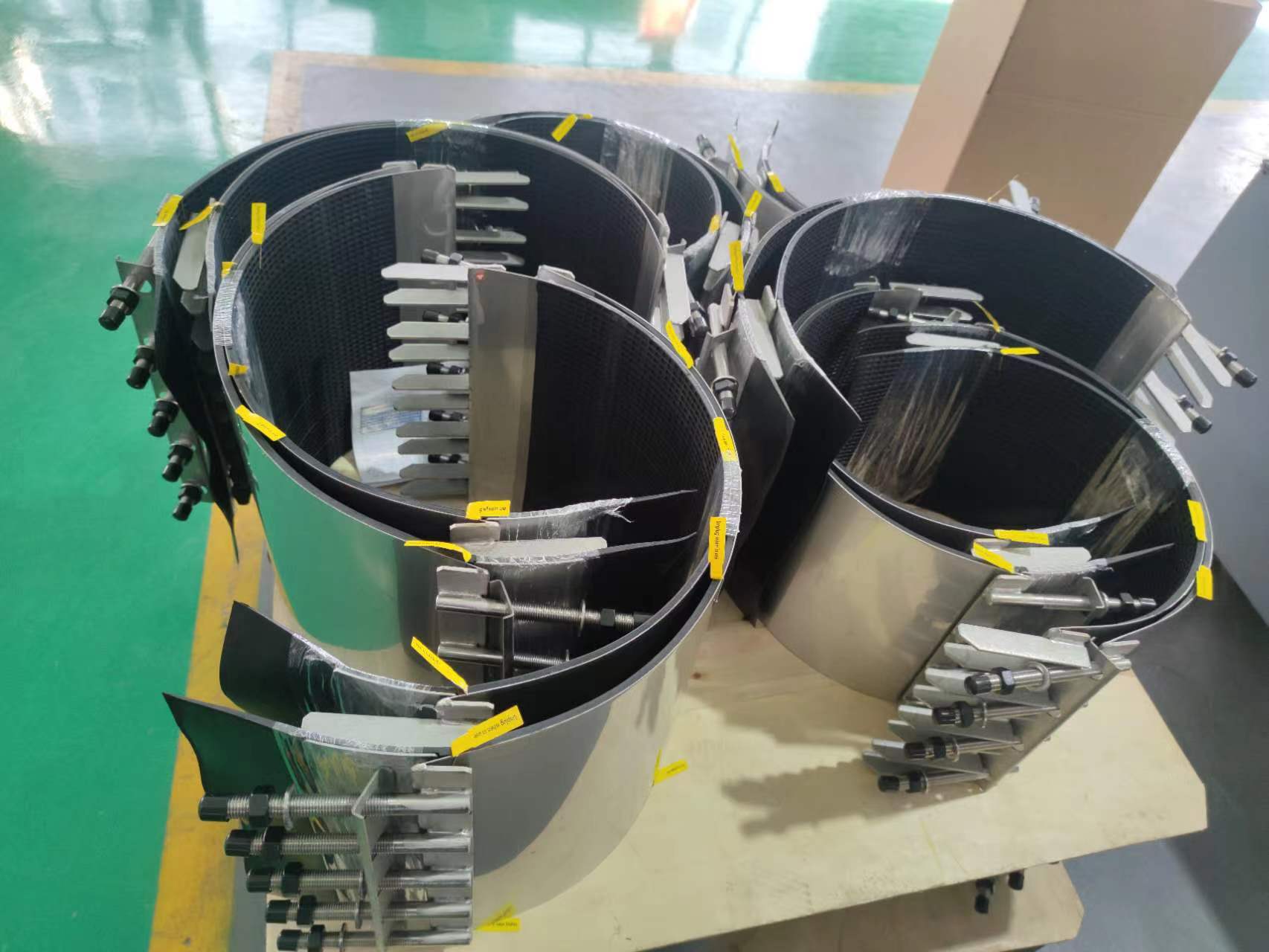polymer grate
Understanding Polymer Grates A Comprehensive Overview
In the modern world, materials science continues to evolve, paving the way for innovative solutions across various industries. Among these advancements, polymer grates have emerged as a versatile alternative to traditional materials, offering a range of benefits that enhance functionality and sustainability. This article delves into what polymer grates are, their applications, advantages, and why they are gaining popularity.
What Are Polymer Grates?
Polymer grates are engineered products made primarily from various types of polymers, including fiberglass reinforced plastic (FRP), thermoplastics, and thermosetting resins. These materials are designed to withstand harsh environmental conditions and mechanical stresses, making them suitable for use in a wide range of applications, from industrial flooring to drainage systems.
Applications of Polymer Grates
The versatility of polymer grates provides opportunities for use in several sectors
1. Industrial Applications Polymer grates are widely utilized in factories and processing plants where chemical exposure and heavy loads are common. Their resistance to corrosion and ability to support substantial weight make them ideal for walkways, platforms, and utility trenches.
2. Environmental Management In wastewater treatment plants, polymer grates are used for support structures and covers over treatment tanks. Their non-corrosive properties help mitigate the impact of chemicals and extend the life of the infrastructure.
3. Recreational Facilities Parks and pools benefit from polymer grates due to their slip-resistant surfaces and ease of installation. They can be designed in aesthetically pleasing colors and patterns, enhancing the visual appeal of leisure environments.
4. Transportation Systems Polymer grates are increasingly employed in transportation infrastructure, such as pedestrian bridges and railway platforms. Their lightweight nature simplifies transportation and installation while reducing the overall load on support structures.
Advantages of Polymer Grates
polymer grate

The growing popularity of polymer grates can be attributed to their numerous advantages
1. Corrosion Resistance Unlike metal grates, polymer grates do not rust or corrode when exposed to moisture or harsh chemicals, allowing for longer service life and reduced maintenance costs.
2. Weight and Ease of Installation They are significantly lighter than their metal counterparts, resulting in easier handling and installation. This can lead to reduced labor costs and quicker project completion.
3. Slip Resistance The surface of many polymer grates is designed to provide excellent traction, which helps prevent slips and falls, making them a safe choice for public and industrial use.
4. Sustainability Many polymer grates are manufactured using recycled materials and can themselves be recycled at the end of their life cycle. This makes them an environmentally-friendly choice, contributing to reduced waste and promoting sustainability.
5. Customization Polymer grates can be easily customized in terms of size, color, and design, allowing them to fit seamlessly into a variety of settings and meet specific project requirements.
Challenges and Considerations
Despite their numerous advantages, there are challenges to consider when choosing polymer grates. Some polymers can be susceptible to UV damage, which may necessitate the inclusion of protective additives to ensure long-term performance in outdoor environments. Additionally, understanding the specific mechanical properties of the selected polymer is crucial to ensure that it meets the load-bearing requirements of the intended application.
Conclusion
Polymer grates represent a significant development in the field of materials engineering, providing an effective, durable, and environmentally-friendly alternative to traditional grates. As industries seek solutions that balance performance with sustainability, polymer grates are expected to play an increasingly vital role in infrastructure development and maintenance. Their array of benefits makes them an attractive choice for a multitude of applications, emphasizing the importance of innovation in creating functional and sustainable products. As we continue to explore the potentials of polymer materials, the future of polymer grates looks promising.
-
The Smarter Choice for Pedestrian AreasNewsJun.30,2025
-
The Gold Standard in Round Drain CoversNewsJun.30,2025
-
The Gold Standard in Manhole Cover SystemsNewsJun.30,2025
-
Superior Drainage Solutions with Premium Gully GratesNewsJun.30,2025
-
Superior Drainage Solutions for Global InfrastructureNewsJun.30,2025
-
Square Manhole Solutions for Modern InfrastructureNewsJun.30,2025
-
Premium Manhole Covers for Modern InfrastructureNewsJun.30,2025
